
Pruning lilac or Syringa : when and how to prune your bush properly?
When and how to prune?
Contents
Lilac is one of the most beautiful flowering bushes in spring. Its deliciously scented flowers fill gardens with a richly floral fragrance, instantly recognisable. Although its somewhat relaxed habit is appreciated, pruning stimulates flowering year after year, helps retain a fuller, more vigorous habit, reduces excess branches and can even rejuvenate the plant. Spring-flowering bushes such as lilac enter dormancy over winter and flower on the previous year’s shoots, which is why pruning at the right time will not jeopardise next season’s flowering.
Here are the proper steps to prune an overgrown, never-pruned lilac, an ageing lilac, and guidance on the best time to cut back lilac.
Why prune lilacs?
Although not obligatory, annual maintenance pruning is recommended to maintain your lilac‘s balanced habit and limit its spread. It is better to avoid pruning it too severely, as it would struggle to flower again the following season, and instead favour a light annual pruning that will stimulate flowering.

Lilac is one of the easiest-to-grow spring-flowering bushes.
Good to know : it is important not to confuse lilac (Syringa sp.) with crepe myrtle (Lagerstroemia sp.). Despite similar common names, these two bushes are distinct and do not belong to the same botanical family. Read this if you want to know more about pruning crepe myrtle.
When to prune a lilac?
Do not intervene at planting. Give young lilacs time to properly develop their branches and to fill out. Only begin pruning on well-established specimens aged 5 years.
Which month to prune a lilac?
The lilac is pruned in the 1 to 2 months following the end of flowering, i.e. in May–June. This pruning gives the lilac time to produce vigorous, floriferous new shoots during summer, because flowers appear on branches that grew the previous year.
Spring-flowering bushes should be pruned immediately after flowering. To learn more: read Pruning spring-flowering bushes.
Can you prune a lilac in autumn?
No, pruning a lilac in autumn is strongly discouraged. Pruning at this time risks removing the flower buds that formed the previous year, thus compromising flowering the following spring.
When to prune a lilac that is too tall?
To prune a lilac that is too tall, the ideal time is just after flowering, usually in May–June, so as not to compromise the flower buds of the following year. If a more severe rejuvenation pruning is necessary to significantly reduce its height, this can be carried out in late autumn (October) or early spring, outside periods of frost, bearing in mind that flowering will then be sacrificed for the coming year.
Discover other Syringa - Lilac
View all →Available in 2 sizes
Available in 0 sizes
Available in 0 sizes
Available in 1 sizes
Available in 1 sizes
Available in 2 sizes
Available in 0 sizes
Available in 1 sizes
Available in 0 sizes
Available in 1 sizes
How to prune lilac?
Maintenance pruning on a mature lilac
It is recommended every year to encourage new shoots to develop.
- Use a pruning shear and remove faded flowers about 30 cm below the clusters
- Remove suckers that form at the base of the bush, as they can needlessly weaken it
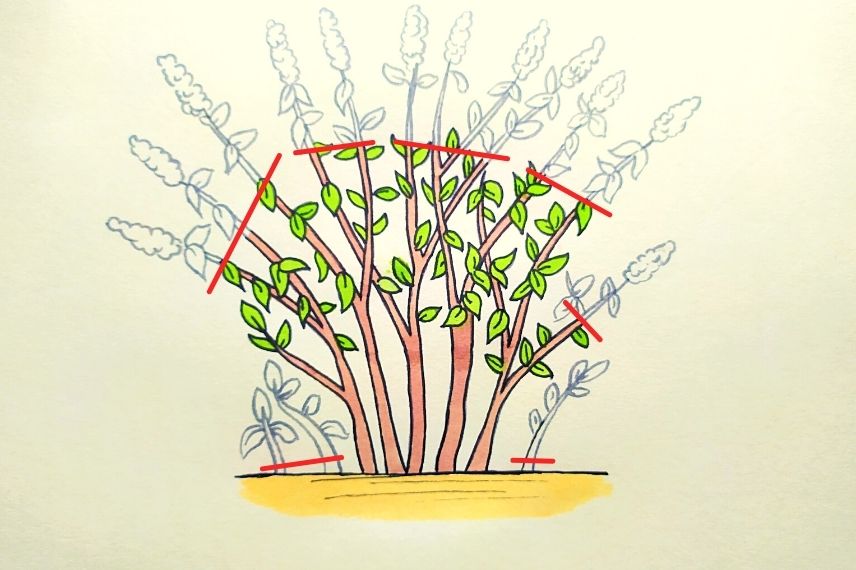
Thinning pruning to reduce its size
It is not necessary every year, but about every 5 years.
Using a clean pruning shear :
- Cut all new branches growing within 30 cm of the soil
- Remove dead wood and wayward branches that cross and unbalance the outline
- Keep only around ten main stems
- Shorten by one-third the shoots that have flowered, cutting just above a bud
- Open out the centre of the branches by removing shoots that are too thin or that cross
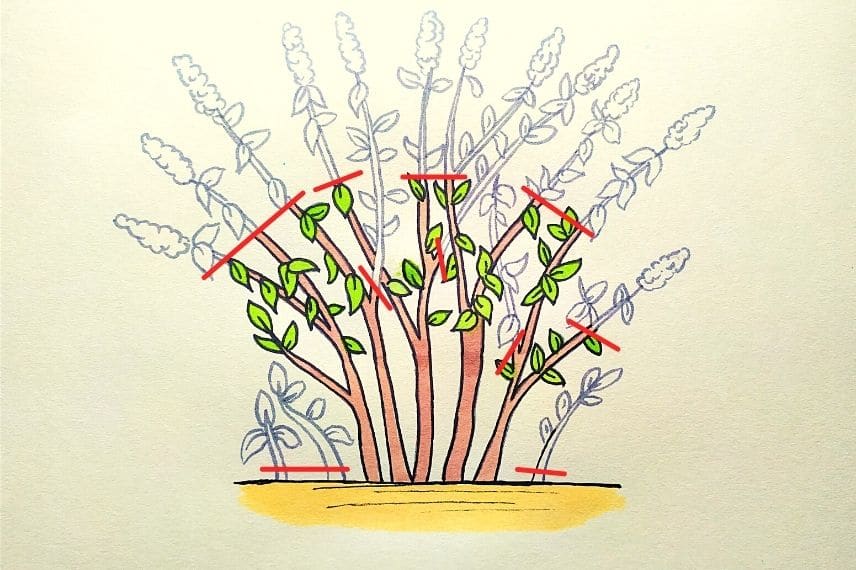
Rejuvenation pruning for old lilacs
Coppicing can be considered to rejuvenate very old or neglected lilacs. In March–April, using a pruning saw, cut the branching back severely to 60 cm above the soil. It will not flower the year of pruning, but will do so two years later.
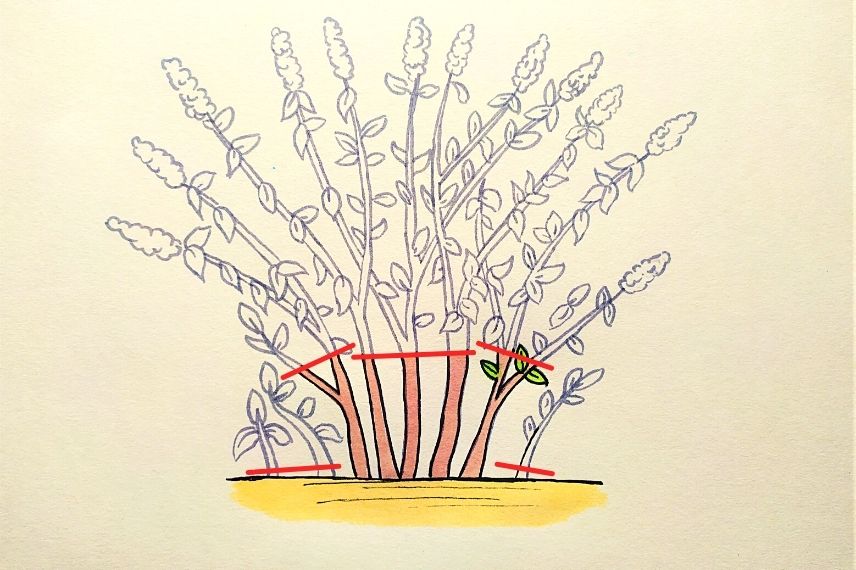
Lilac pruning aftercare
After pruning, make sure to water your lilac generously, especially during dry spells, to help it recover from the stress of pruning. You can also add some compost to its base to encourage good recovery and future flowering.
- Subscribe!
- Contents
































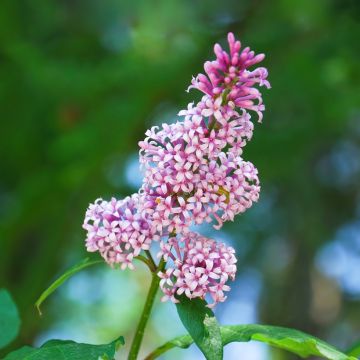


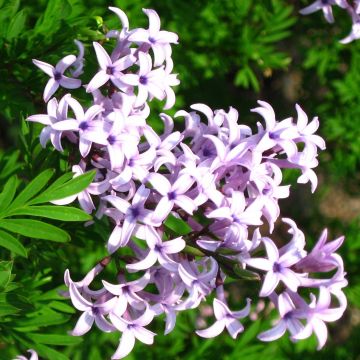

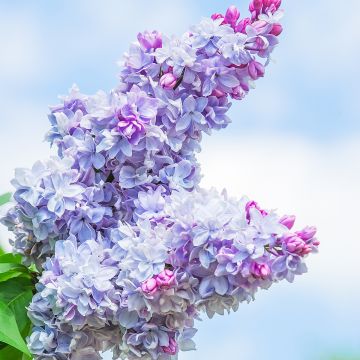




Comments